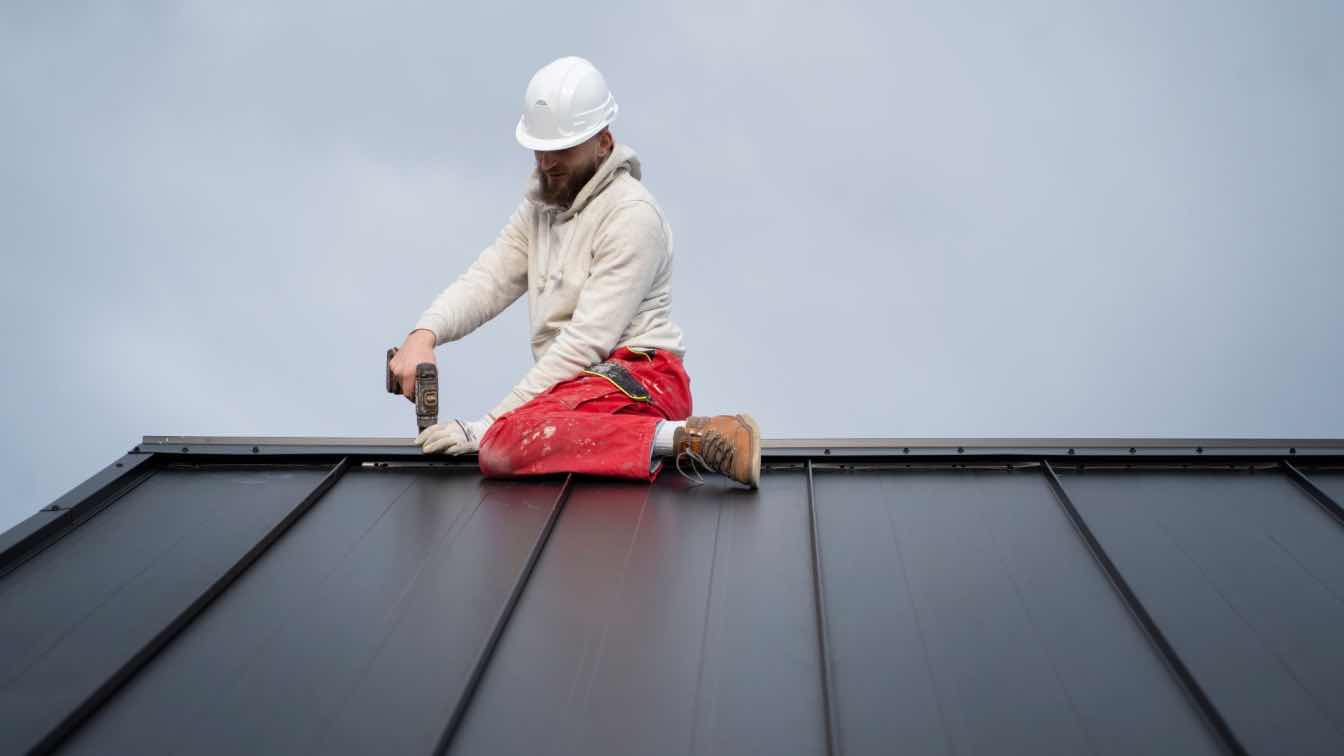Construction projects are known for their harsh environmental conditions, with workers often having to brave extreme temperatures and weather conditions. This not only poses a challenge to the safety and well-being of construction personnel but also impacts the efficiency and progress of the project.
In such situations, heaters play a crucial role in maintaining a comfortable working environment for workers. They not only provide warmth during cold winter months but can also control humidity levels and provide ventilation during hot summer days.
In this blog post, we will discuss the role of heaters in climate control on construction sites and how they can improve working conditions for construction personnel. Let's get started.
Providing Warmth
Heaters are specifically designed to provide warmth in cold and harsh environments, making them an essential tool for climate control on construction sites. For instance, you can find construction drying rentals that offer powerful and efficient heaters to keep workers warm during the winter months. This not only helps to maintain a comfortable working environment but also ensures the safety and well-being of construction personnel.
In freezing temperatures, heaters become crucial in preventing cold-related injuries such as hypothermia and frostbite, which can significantly impact the productivity and progress of construction projects.
Maintaining Comfortable Temperature
Apart from providing warmth, heaters also play a vital role in maintaining a comfortable temperature on construction sites. Construction work often involves physical labor, which can lead to high body heat production. Heaters help regulate the temperature and prevent overheating, which can cause discomfort and fatigue among workers.
During summer months, heaters with built-in air conditioning units can also help maintain a cool working environment, ensuring that workers are not susceptible to heat-related illnesses such as heat exhaustion or heat stroke. This ultimately improves the overall well-being of construction personnel and their ability to work efficiently.
Controlling Humidity Levels
Humidity levels on construction sites can greatly impact working conditions for construction personnel. High humidity levels can lead to discomfort, mold growth, and even damage to building materials. Heaters equipped with humidifiers can help regulate and maintain optimal humidity levels, creating a more comfortable and safer working environment.
On the other hand, heaters with dehumidifiers can remove excess moisture from the air, preventing mold growth and protecting building materials. By controlling humidity levels, heaters contribute to maintaining a healthier and more efficient construction site.
Ventilation
Proper ventilation is crucial for maintaining a healthy and safe working environment on construction sites. Heaters that come with built-in fans or ventilation systems help circulate fresh air and remove any potential toxins or pollutants from the air. This is especially important when working with materials that release harmful fumes or dust.
Moreover, ventilation provided by heaters can also help control the spread of airborne illnesses and reduce the risk of respiratory issues among construction personnel. These include common illnesses like the cold or flu, as well as more serious health concerns such as lung diseases. By providing adequate ventilation, heaters contribute to creating a safer and more comfortable working environment for all workers.
Reducing Risk of Cold-Related Injuries
As mentioned earlier, heaters play a vital role in preventing cold-related injuries on construction sites. Working in extreme temperatures can put construction personnel at risk of hypothermia, frostbite, and other cold-induced ailments. Heaters provide warmth and comfort during harsh weather conditions, significantly reducing the risk of such injuries.
This not only ensures the safety and well-being of workers but also prevents any delays or setbacks in construction projects due to employees falling ill or getting injured. Heaters are a crucial tool in protecting construction personnel from the harsh elements and creating a safer work environment. For instance, in areas with heavy snowfall, heaters can also be used to melt snow and prevent slippery conditions that could lead to accidents.
Improving Efficiency and Progress of Construction Projects
Lastly, heaters contribute to improving the overall efficiency and progress of construction projects. By maintaining a comfortable working environment, heaters help prevent worker fatigue and illnesses, which can impact productivity levels.
Heaters also play a significant role in ensuring that materials are not affected by extreme temperatures or humidity levels, preventing any potential damage or delays in construction timelines.
This ultimately leads to faster project completion and improved efficiency. By providing a comfortable and safe environment for workers, heaters can also boost morale and motivation, resulting in increased productivity and overall progress of construction projects.
Heaters play a critical role in climate control on construction sites. They not only provide warmth and regulate temperature but also control humidity levels, offer ventilation, and reduce the risk of cold-related injuries. Heaters are essential tools for creating a safe and comfortable working environment for construction personnel, ultimately improving efficiency and progress on construction projects. With advancements in technology, heaters are becoming more efficient and versatile, making them an indispensable asset in any construction site.





